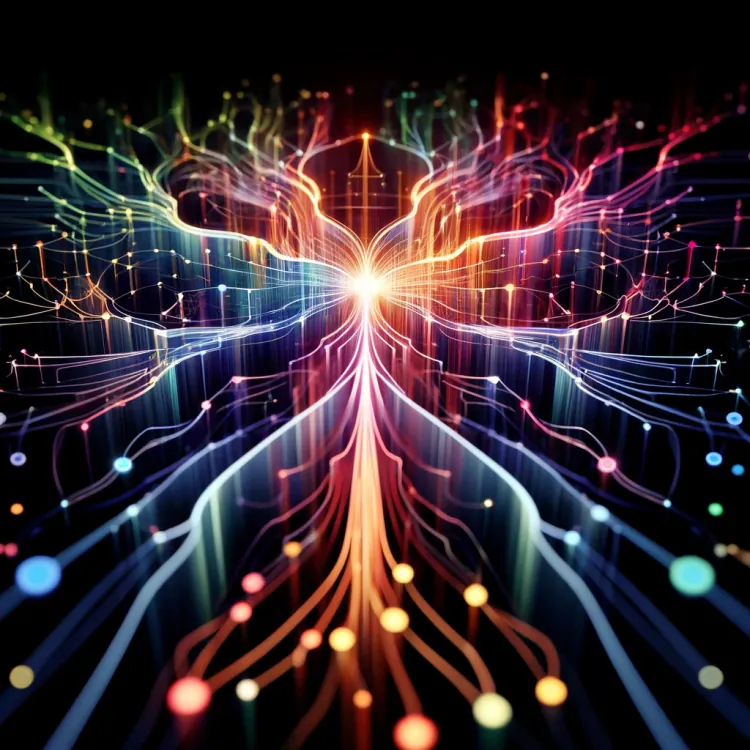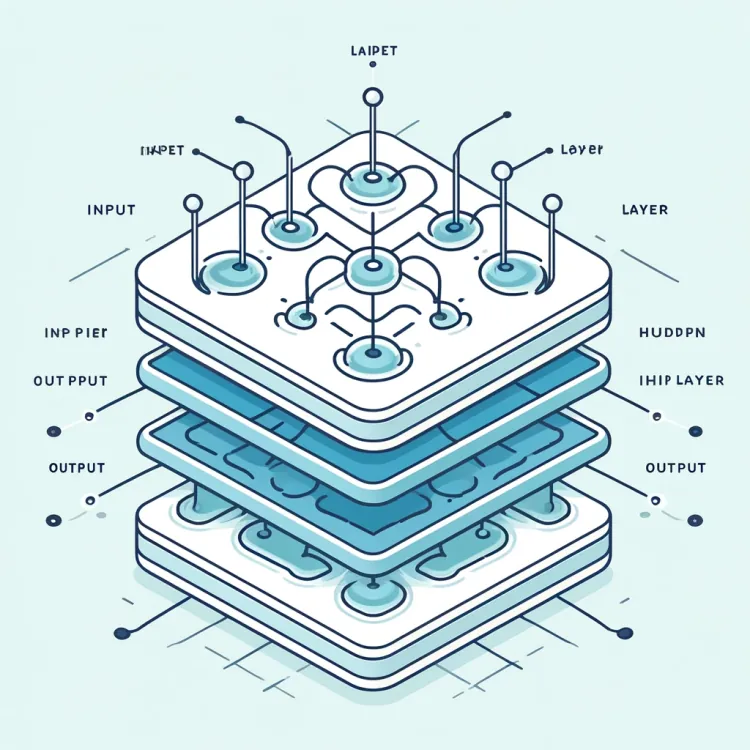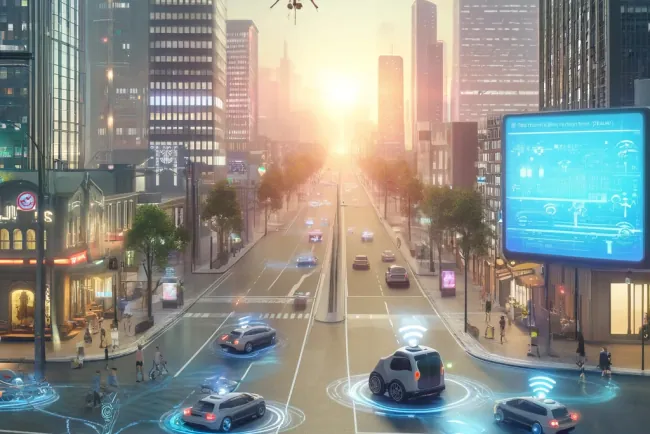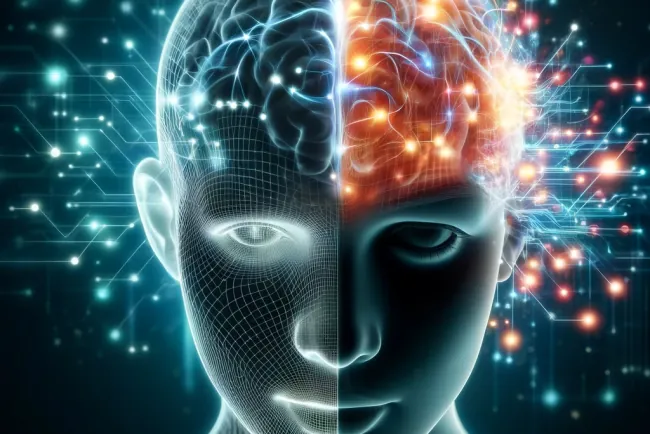what is Deep Learning and how it work ?
what is Deep Learning and how it work? , including how it works, its applications, and future developments in AI technology.

I. Introduction
- Brief overview of deep learning
- Importance in modern technology and applications
II. Understanding Deep Learning
- Definition of deep learning
- Comparison with traditional machine learning
- Core components (neural networks, algorithms, data)
III. Architecture of Deep Learning Systems
- Types of neural networks
- Convolutional Neural Networks (CNNs)
- Recurrent Neural Networks (RNNs)
- Generative Adversarial Networks (GANs)
- Explanation of layers and neurons
- Role of activation functions
IV. How Deep Learning Works
- Data preprocessing and input
- Learning process: forward propagation and backpropagation
- Loss functions and optimization algorithms
V. Applications of Deep Learning
- Image and speech recognition
- Autonomous vehicles
- Natural language processing (NLP)
- Personalized recommendations
VI. Tools and Technologies in Deep Learning
- Key software and frameworks (TensorFlow, PyTorch)
- Importance of GPUs and TPUs in training
VII. Challenges and Limitations of Deep Learning
- Data requirements and model biases
- Computational costs and environmental impact
- Overfitting and generalization issues
VIII. The Future of Deep Learning
- Trends and future developments
- Integration with other AI technologies
IX. FAQs
- Common questions about deep learning answered
X. Conclusion
- Recap of the importance of deep learning
- Encouragement to explore further resources on deep learning
Full Detailed Article on Deep Learning
I. Introduction
Deep learning has revolutionized how computers interpret the world around them, automating decision-making and predictive tasks that were once thought impossible. From voice-activated assistants to self-driving cars, deep learning technologies are at the forefront of the artificial intelligence (AI) revolution.
II. Understanding Deep Learning
Deep learning is a subset of machine learning where artificial neural networks, algorithms inspired by the human brain, learn from vast amounts of data. Unlike traditional machine learning, deep learning can automatically discover the features to be used for classification, without human intervention.
III. Architecture of Deep Learning Systems

Deep learning architectures are primarily built using various types of neural networks. Each type serves different purposes:
- Convolutional Neural Networks (CNNs) are exceptional for image analysis.
- Recurrent Neural Networks (RNNs) excel in sequential data processing, ideal for speech recognition.
- Generative Adversarial Networks (GANs) are used in creating new data that mimics real data.
These networks consist of layers of interconnected nodes or neurons, where each layer performs distinct transformations on the data, leading to a final output.
IV. How Deep Learning Works

At its core, deep learning involves feeding data through a neural network. During forward propagation, data moves through the network allowing it to make predictions. Backpropagation then helps the network learn from errors, adjusting its parameters (weights and biases) through algorithms like gradient descent.
V. Applications of Deep Learning

Deep learning has been pivotal in advancing several fields:
- Image and speech recognition technologies have become more accurate and faster.
- Autonomous vehicles rely on deep learning for sensing and decision-making.
- Natural language processing enables machines to understand and interact using human language.
VI. Tools and Technologies in Deep Learning
Frameworks like TensorFlow and PyTorch facilitate the building and training of deep learning models, while GPUs and TPUs provide the necessary computational power to process large datasets efficiently.
VII. Challenges and Limitations of Deep Learning
While transformative, deep learning requires significant data and computational resources, can perpetuate biases present in the training data, and faces issues like overfitting and undergeneralization.
VIII. The Future of Deep Learning
The field is evolving, with ongoing research focused on making models more efficient, ethical, and capable of learning with less data. Integration with quantum computing and reinforcement learning represents the next frontier.
IX. FAQs
- What differentiates deep learning from machine learning?
- How do neural networks learn?
- What are the ethical concerns associated with deep learning?
X. Conclusion
Deep learning remains a dynamic and expanding field in AI, pushing the boundaries of what machines can learn and perform. For those intrigued by its capabilities, the journey into deep learning offers limitless potential.
This detailed exploration of deep learning not only outlines its mechanisms and applications but also its profound impact on technology and society, guiding readers through the complexities and exciting possibilities ahead.
What's Your Reaction?






















